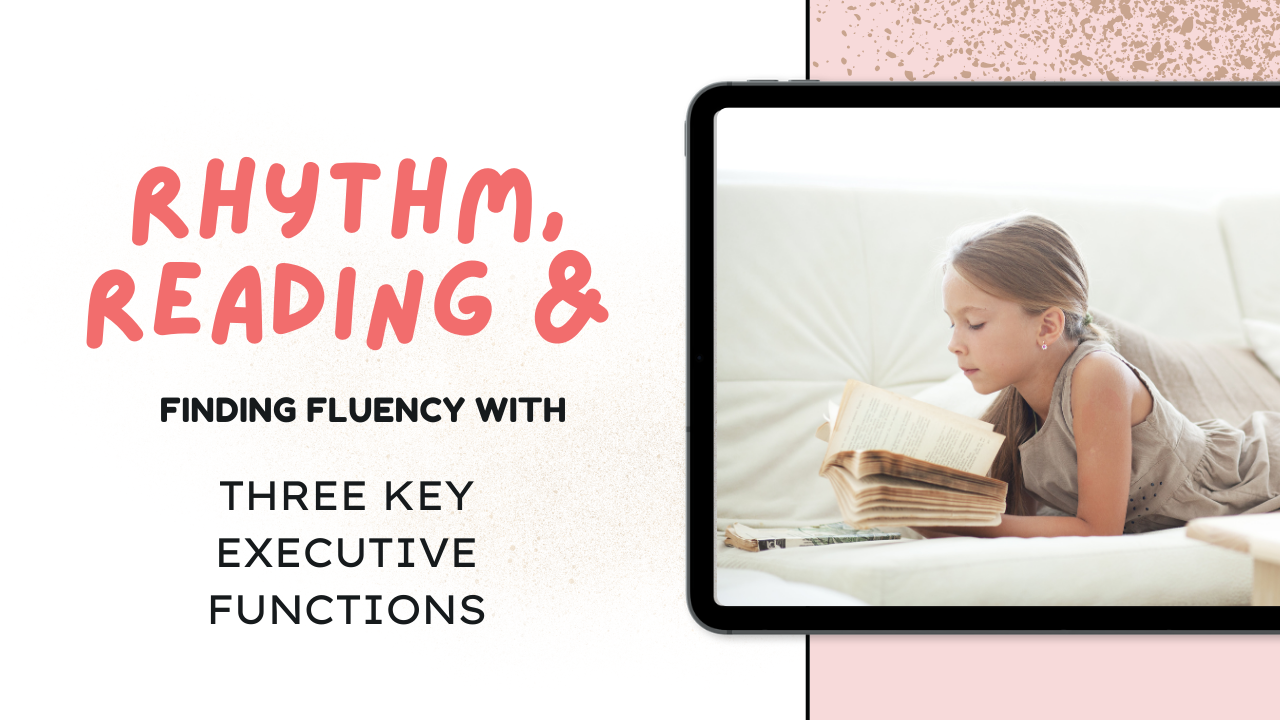Rhythm, attention and rapid learning

There are many different forms of attention. Neuroscientists have studied the development of cognitive attention in children, as well as the different types of attention that we can experience. Boredom and repetition generate a trance-like state of attention, whereas novelty and a switch in the thing that stimulates us can generate a shift and a rapid reset of our attention.
The Attention Span
The attention span exists to protect us, to give us a supply of food and to ensure that our genes go on to succeed us in future generations. This is why the attention span is adaptable and can be trained to become longer or shorter by using reinforcements such as rewards or threats. Ultimately, the attention span is involved in predicting when and where the next reward or threat will take place.
Different types of attention
If a chid has experienced a threatening situation such as a war zone, they are likely to flinch in response to loud noises and their attention is likely to be highly vigilant, having been trained by that environment to monitor the situation for potential threats. A chid raised in a calm and enriched environment is likely to have fostered a natural curiosity for the world around them and to have interacted in reciprocation with it. This can happen in tiny little moments.
For instance, conversational turns - the to and fro of an interaction between two people, is the rhythmic hallmark of social engagement, and according to researchers contributes to emotional well-being and language development (Zimmerman et al., 2009).
Rhythm, attention and rapid learning
The Rhythm for Reading programme offers an opportunity to move children away from a vigilant state, to a rhythmically responsive form of attention. Using rhythm we can train the attention system to engage in reciprocation and we can also build receptivity and stamina. The attention system is dynamic and is particularly responsive to the setting and emotional set point of the child. If a child was threatened repeatedly at school, for example by a bully, then vigilance in the attention system would affect the child’s learning to some extent. By the same token, it’s important that Rhythm or Reading sessions take place in the same place, on the same day of the week and at the same time of day to establish the regularity of exposure to rewarding experiences.
From the perspective of the children, knowing where and when positive experiences occur, such as feelings of personal safety, social connection, a boost to well-being, engagement with rewarding patterns and calming breath work, all of which are nurtured during Rhythm for Reading sessions is so important. This is because the anticipation and experience of weekly Rhythm for Reading sessions enables a child’s attention system to recognise these sessions as a ‘real’ and ongoing part of their environment.
A consistent pattern in the children’s lives enables a deeper sense of anticipation and supports rapid learning during the programme.
Enjoy this post? Why not keep reading...

REFERENCE
Zimmerman, E.J., Gilkerson, J.,Richards, J. A., Christakis, D.A. Xu, D., Gray, S., Yapanel., U. (2009) Teaching by listening: The importance of adult-child conversations to language development. Pediatrics, 124 (1), 342-349, doi: 10.1542/peds 2008-2267




